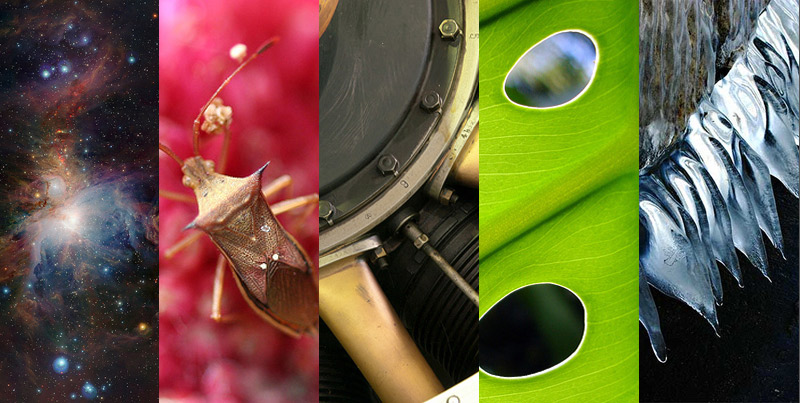Nyasasaurus isn’t a new discovery, but this is the first time it’s been considered a dinosaur.
Bits of the small dino were discovered in the 1930’s in Tanzania’s Manda Beds and studied by paleontologist Alan Charig over the course of decades. Unfortunately, Charig never published his work on Nyasasaurus, so it remained in the South African Museum in Cape Town, forgotten.
It wasn’t until University of Washington paleontologist Sterling Nesbitt came along that the fossil was put up for reclassification. In 2010, Nesbitt and his team discovered Asilisaurus in the Manda Beds. The animal is similar to a dinosaur, but not a true member of the taxa. This encouraged him to re-examine other creatures found in the area, so he turned to Charig’s work.
What he found in Nyasasaurus were a lot of characteristics that pointed to it being a dinosaur. On the animal’s upper arm bone, they found a crest that was more than 30 percent the length of the entire bone, to which its chest muscles would have bonded, a dinosaur trait. It also had three vertebrae in its sacrum – dinosaurs tend to have three or more – and a close look at its arm bone suggests the animals bones grew very quickly, just like birds, mammals, and of course, dinosaurs.
If the research ends up pointing to a new dinosaur, Nyasasaurus would be the earliest known dino by 10 million years. Currently, the oldest dinosaurs are thought to be Eoraptor and Eodromaeus, tiny creatures that lived in Argentina 230 million years ago. However, there were some clues that suggested these critters aren’t the first dinosaurs. Eoraptor and Eodromaeus are part of relatively diverse animal groups, suggesting the evolution of the dinosaur had already been well on its way by the time they showed up.

